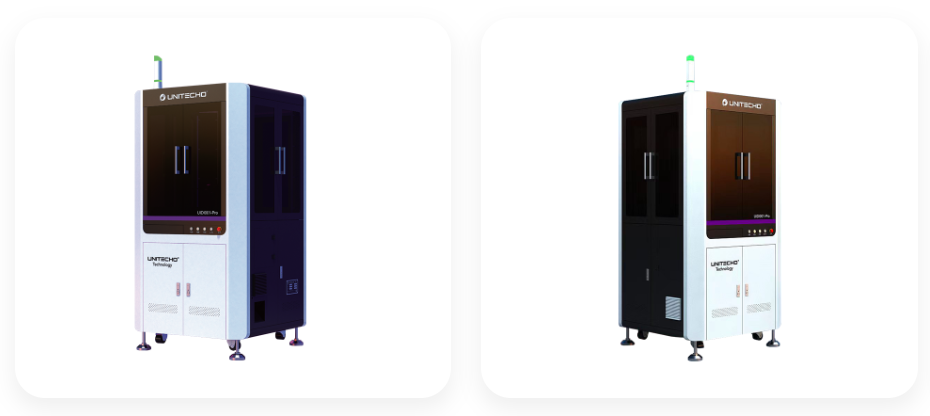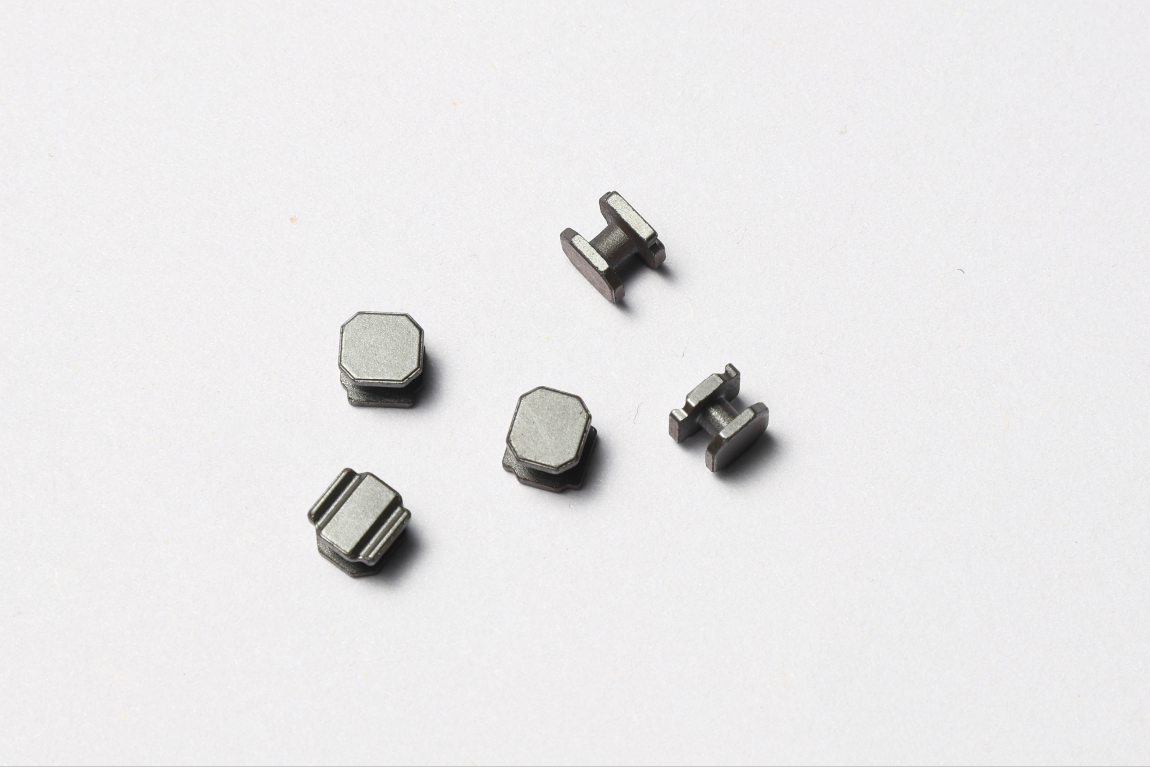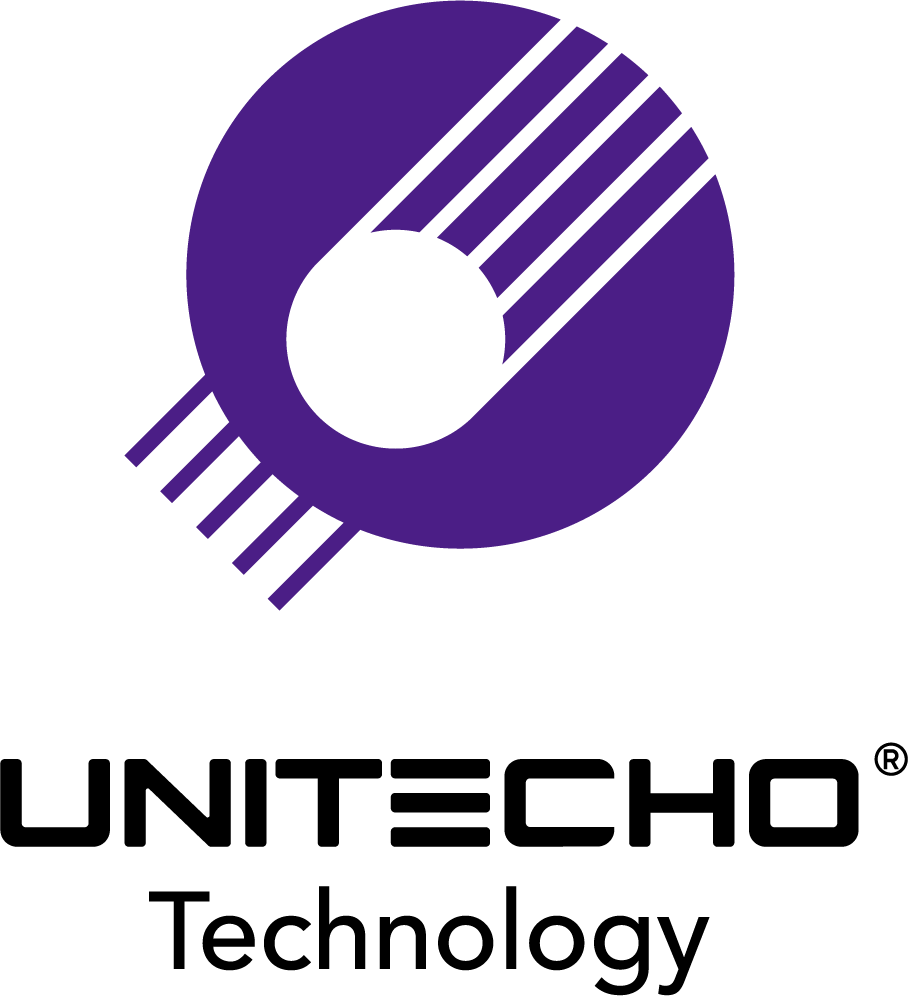
Cost Analysis of Unitecho Fully Automatic Visual Screening Machines
2025-05-07 19:22I. Cost Range and Key Influencing Factors
Wide Price Variations
Unitecho visual screening machines offer diverse pricing based on configurations and market demands:57396694fd7dae89aab06a0f40cac27.png
Entry-Level Models: Starting from approximately ¥50,000, suitable for basic inspection tasks like dimensional checks or simple surface defect detection.
Mid-to-High-End Systems: Ranging from ¥200,000 to over ¥1 million, designed for high-precision, multi-functional industrial applications (e.g., semiconductor or pharmaceutical industries). These systems often integrate advanced features such as deep learning algorithms, multi-spectral detection, or high-speed dynamic inspection.
Core Cost Components
Hardware Costs: High-resolution cameras (e.g., CCD/CMOS), lighting systems (e.g., ring lights, backlights), and lenses constitute major expenses. Premium components (e.g., imported industrial cameras) significantly raise costs, while low-quality alternatives (e.g., recycled parts or aluminum/wooden frames) may reduce upfront investment but compromise stability and lifespan.
Software & Algorithms: Customized systems built on traditional image processing or AI-driven solutions incur higher development costs. Tailored requirements (e.g., specialized defect recognition or dynamic detection) can increase expenses by 30% or more.
Additional Expenses
Post-sale services (maintenance, software updates) and customization (e.g., integration with automated production lines or expanded inspection functions) may account for 10%–20% of total costs.

II. Long-Term Cost Efficiency
Initial Investment vs. Payback Period
Despite higher upfront costs, most systems achieve ROI within 1–2 years through labor savings and reduced defect rates. For instance, one manufacturer lowered its defect rate from 2% to 0.1% using Unitecho’s solution, saving over ¥1 million annually.
Manual inspection requires ongoing labor, training, and management costs, with efficiency typically 1/10th to 1/100th of automated systems (e.g.,螺丝 inspection speeds jump from dozens per minute manually to thousands via machines).
Hidden Cost Considerations
Stability & False Detection Rates: High-end systems maintain false detection rates below 0.1%, whereas low-quality equipment may incur frequent errors, escalating rework costs.
Environmental Adaptability: Industrial-grade dustproof and shock-resistant designs are critical; neglecting these factors could lead to costly maintenance.
III. Cost-Reduction Strategies
Cost-Effective Solutions
Opt for modular designs that allow phased upgrades (e.g., starting with basic detection modules and later integrating AI algorithms), spreading initial investments.
Consider refurbished equipment upgrades: Retrofitting older systems with new algorithms or hardware (e.g., adding surface defect detection modules) can cut costs by 50%–70% compared to new machines.
Industry Chain Optimization
Advances in domestic supply chains (e.g., lower sensor and processor prices) and AI democratization have driven down prices for mid-to-low-tier systems, with entry-level models now available under ¥100,000.

IV. Purchasing Recommendations
Define Requirements Clearly: Align budgets with precision needs (e.g., micron/sub-micron accuracy), speed (items per minute), and functionalities (e.g., OCR, 3D inspection).
Prioritize Supplier Support: Choose vendors offering long-term technical support and rapid response services to minimize downtime risks.
In summary, Unitecho’s fully automatic visual screening machines entail variable upfront costs depending on configurations. However, their long-term efficiency and precision often outweigh traditional manual methods, making them ideal for large-scale, high-accuracy manufacturing environments. By strategically selecting models and leveraging technological advancements, businesses can achieve significant cost savings while enhancing product quality.
